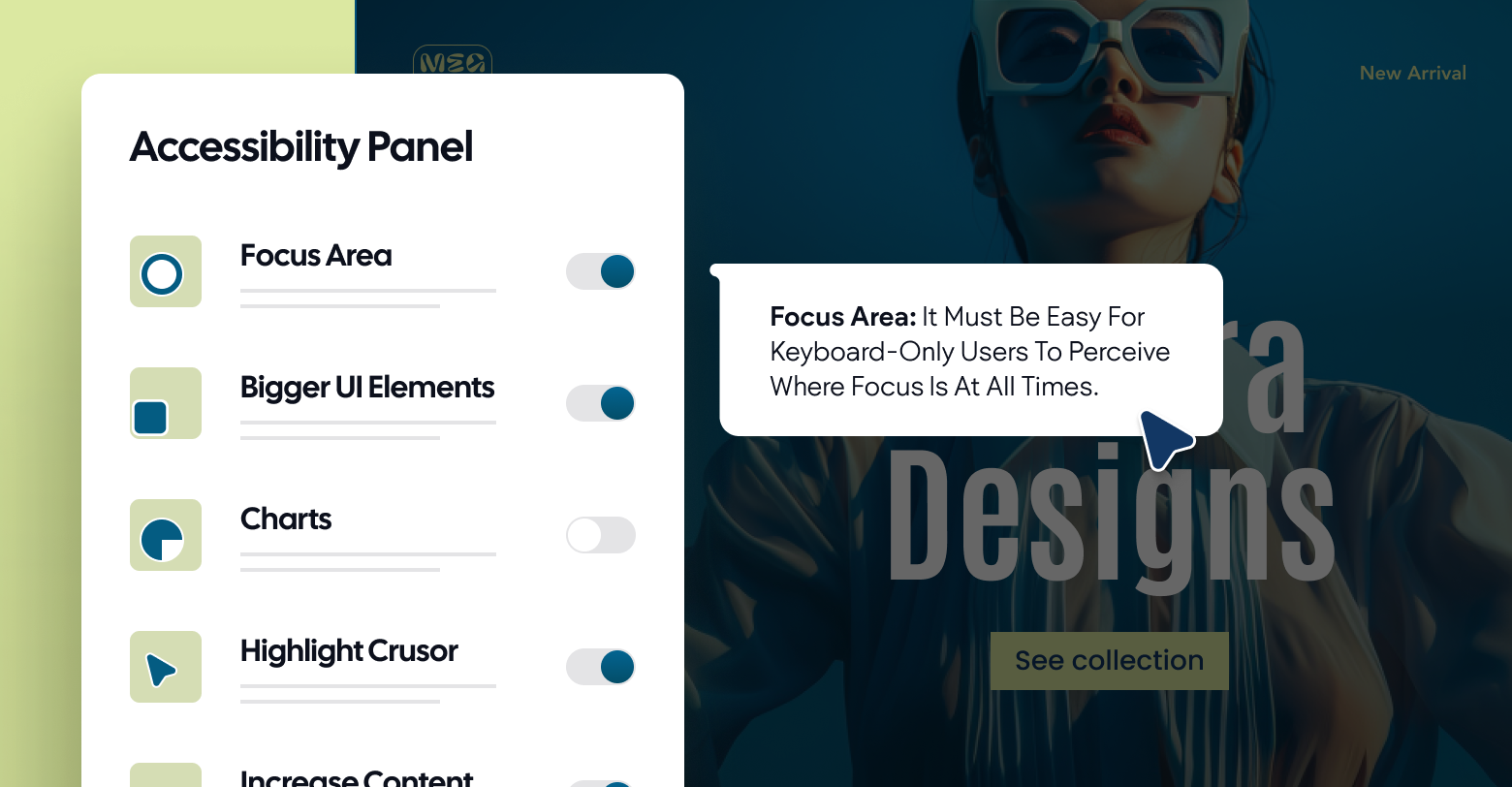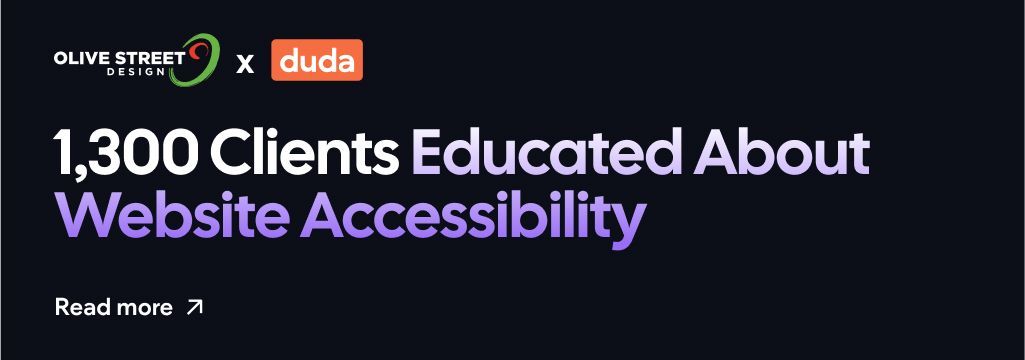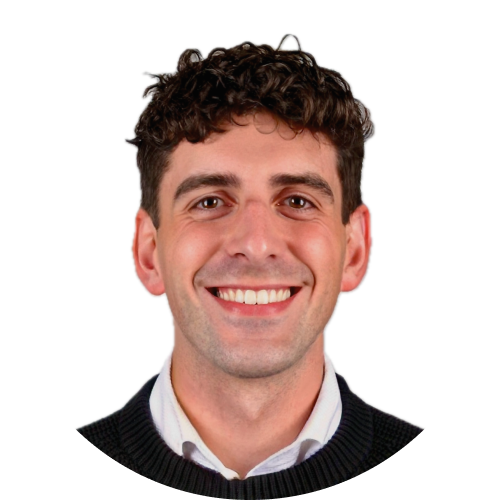When you create a website for your business, or hire an agency to create one for you, you ideally want it to reach as many of your potential customers as possible. That means more than great marketing and thoughtful SEO—your website needs to be accessible too.
You may be surprised to learn that, according to the
Centers for Disease Control and Prevention, around 27% of all Americans are living with some form of disability. That means bad design and poor usability can leave as many as 1 out of every 4 potential customers unable to enjoy your website.
Keep in mind that these individuals are still accessing the internet, they just may not be accessing your website if it isn’t accessible. Of those Americans living with disabilities, 75% told the
Pew Research Center that they use the internet every single day. If you aren’t doing the math, that’s tens of millions of Americans business owners are leaving on the table.
Accessible websites boost your web traffic
Building a more accessible website opens the door to more visitors by directly removing barriers to access. However, many of the design decisions that make a website more accessible also make it more discoverable.
The clearest example of this is robust screen reader support. The same adjustments you may make to a website to increase access for individuals with visual impairments also benefit search engine crawlers who otherwise wouldn’t be able interpret your content. Take image alt-text, a property that describes what is in an image for those who can’t see it. This same information is used by search engines like Google to categorize pictures for their image search tools.
This applies to links as well. It’s bad practice to create links that say phrases like “Click Here” because they’re not very descriptive or accessible. When you switch to using phrases that explicitly describe a link’s destination you not only create a better experience for your visitors—you also provide much needed context to search engines that can improve your rankings!
In fact, accessible website design has a lot in common with search engine optimization, or SEO. That’s because the tools people with disabilities use to navigate websites often require additional context, something search engines need as well.
Accessible websites create a better visitor experience
You don’t need a diagnosed disability to benefit from accessible website design. An individual with poor eyesight may not be blind or even legally disabled, for instance, but they might still enjoy a website with reasonably sized fonts.
That’s a great example, too, of how accessible design can benefit every user. Industry leading standards like the
Web Content Accessibility Guidelines (WCAG) recommend a certain level of contrast between colors to improve readability. While this is essential for creating a compliant website, it’s also just good design. Nobody wants to struggle with yellow text on a green background.
This extends to the structure of a website, as well. Individuals with cognitive disabilities need websites with intuitive navigation and a well structured hierarchy of pages, but frankly so does everybody. This is another area where search engines benefit as well—a triple whammy of design improvements.
There are so many more accessibility considerations that can benefit the overall design of your website. Large, distinct buttons that are easy to click. Clear labels, instructions, and error identification markings for inputs like forms. Well structured headings, restrained animations, and audio controls. All of these considerations lead to a better website experience for everyone.
Accessible websites are the right thing to do
If you weren’t convinced by the business use-case, consider the moral one. It’s our responsibility to create content and experiences that can be enjoyed by everybody, not just a select few. You wouldn’t want to be excluded, would you?
Of course, doing the right thing has its perks. By creating a thoughtful and inclusive experience for your customers, you’re strengthening your brand and cementing yourself as an ally for an often forgotten community. This translates to higher reviews, better word of mouth, and an overall better image for your business.
Is your website accessible?
By now you should be asking yourself, “is my website accessible?” While a complete audit is your best approach, there are tools available that may work as a good first step. Utah State University, through their WebAIM initiative, has created the
WAVE Web Accessibility Evaluation tool to help owners develop a better understanding of how accessible their site is.
Take a moment today to plug your URL into that website and see where you stand. Even one improvement to the design of your site helps.









